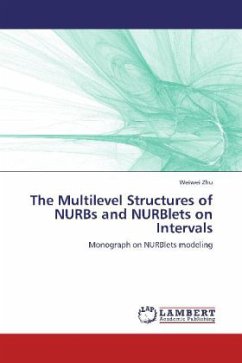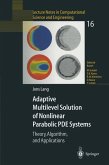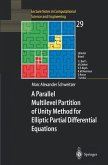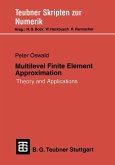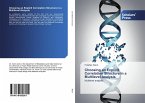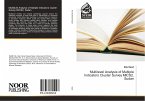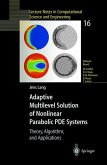In computer graphics, can we represent an arbitrary distorted object with exactness mathematically and analytically? Why does JPGE 2000 have blurred edges in highly compressed images? How to process the mass data in the fields such as stock market, medical research, or the Internet efficiently in real time? During the past a few decades, Wavelets based on B-Splines have successfully overcome the drawback of Fourier Analysis and become the important industrial standards. However, they can not represent many important industrial shapes precisely, which is crucial, for example, in aircraft design. Although NURBs ( nonuniform rational B-Splines) have solved the problem, the challenge of constructing corresponding wavelets from NURBs remains due to the complicate rational structure of NURBs. There is an uncertainty that whether such a MRA NURBlet structure exists. The dissertation makes a novel move by successfully constructing biorthogonal NURBlets based on cubic NURBs on interval.

